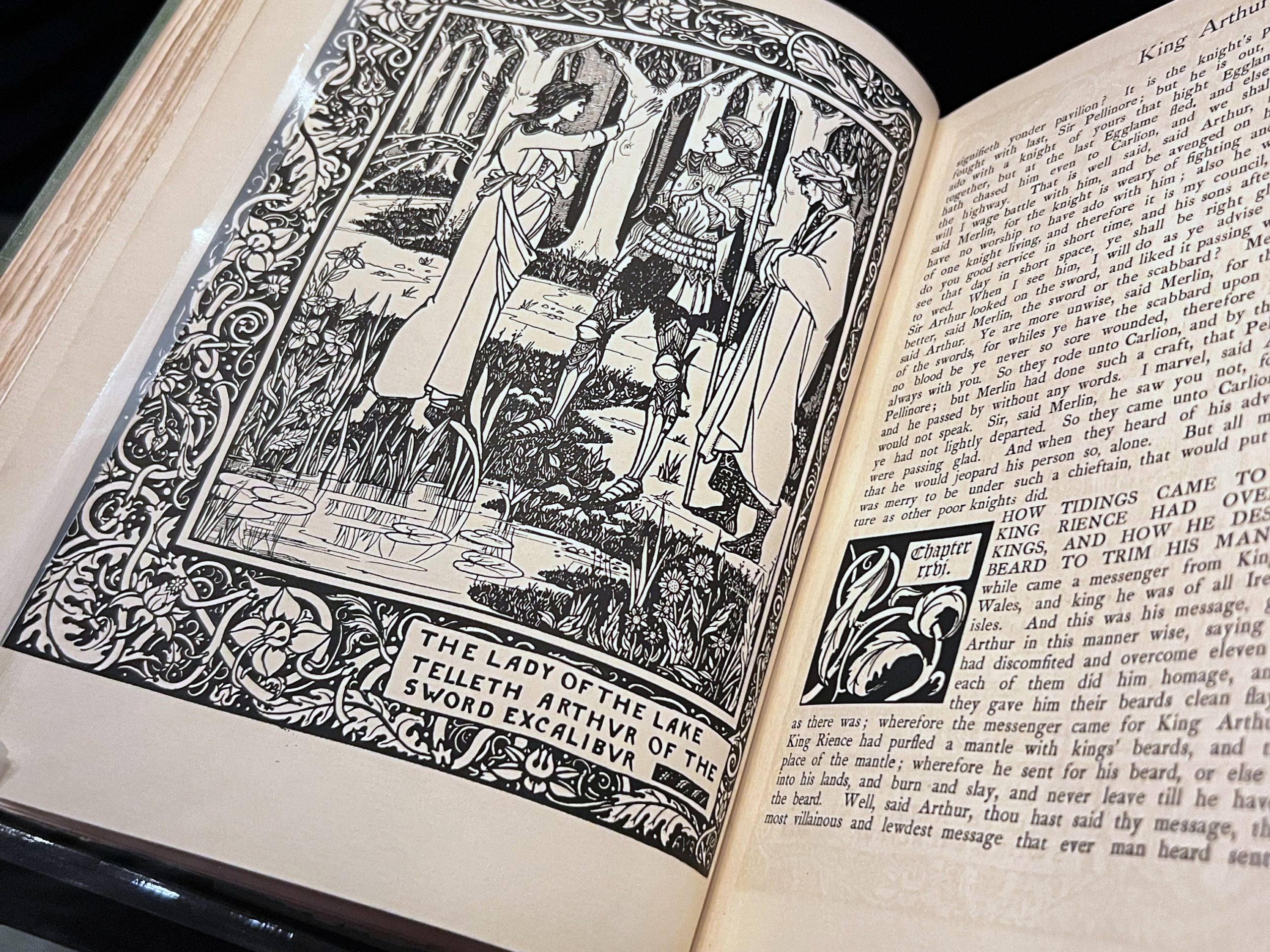
One of the favorite writing terms that I picked up over the past year is “curiosity seeds.”
Curiosity seeds are exactly like they sound like: little questions sprinkled into the first few pages of a novel that make the reader curious enough to keep reading. Those questions may be or may not be directly related to the plot, but they should be more meaningful than random details kept hidden simply for the sake of mystery.
Who is Jameson waiting for at the bar, and why is he so nervous?
What’s in the big envelope that Elaine tucked so carefully into the diaper bag?
Why is everyone at the party dressed in white clothes?
Whatever the question, sooner or later, all curiosity seeds must bear fruit — that is to say, the question must be answered. When that happens depends on the story you’re telling, though. For example, a murder mysteries that opens with a a dead body are going to hold on to that question mark for most of the book.
Most curiosity seeds aren’t huge plot points, though, and can be resolved pretty quickly in the narrative. Think of them as an appetizer that tides the reader over until the main course is served.
